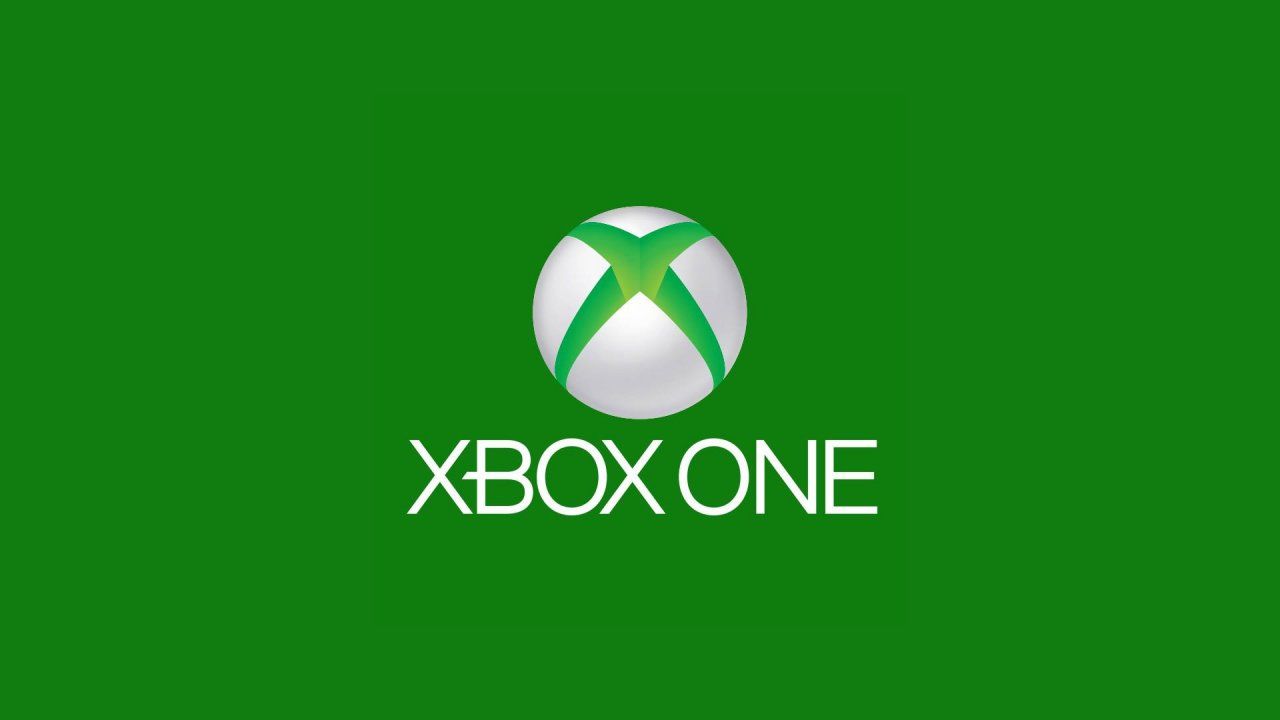Microsoft posted its annual 10-K report (a document required by the U.S. Securities and Exchange Commission, that gives a summary of a company's finances for the year) for the fiscal year that ended on June 30th, giving an interesting bird-eye view on the costs related to the launch of Xbox One.
Computing and Gaming Hardware revenue increased $3.2 billion or 49%, primarily due to higher revenue from the Xbox Platform and Surface. Xbox Platform revenue increased $1.7 billion or 34%, due mainly to sales of Xbox One, which was released in November 2013, offset in part by a decrease in sales of Xbox 360. We sold 11.7 million Xbox consoles during fiscal year 2014 compared with 9.8 million Xbox consoles during fiscal year 2013. Surface revenue increased $1.3 billion or 157%, due mainly to a higher number of devices and accessories sold.
Computing and Gaming Hardware gross margin decreased slightly, due to a $3.2 billion or 59% increase in cost of revenue, offset in part by higher revenue. Xbox Platform cost of revenue increased $2.1 billion or 72%, due mainly to higher volumes of consoles sold and higher costs associated with Xbox One. Surface cost of revenue increased $970 million or 51%, due mainly to a higher number of devices and accessories sold, offset in part by a charge for Surface RT inventory adjustments of approximately $900 million in fiscal year 2013.
While the Xbox Platform's revenue increased by $1.7 billion, the cost of said revenue increased by $2.1 billion. Both the differences point at the Xbox One's launch as their primary cause. That's a $400 million hit to gross margins between revenue increase and the increase of its cost.
We have to keep in mind that this kind of result is pretty much to be expected at the launch of a new product. Many of the costs normally associated with the release hit a company in the period immediately before and after launch due to marketing, R&D for updates, returns of faulty units (that are normally in higher percentage close to release) and similar initial expenses. Paradoxically, in this period a high volume of sales can actually contribute to push the numbers further in the red.
Interestingly, we also learn that in fiscal year 2013 the development of the Xbox One required the hiring of more R&D personnel, contributing to an increase in costs of $600 million.
Research and development expenses increased $600 million or 6%, due mainly to higher headcount-related expenses, largely related to the Xbox Platform.
The revenue and cost of revenue examined include the whole Xbox business, as the document cites:
The principal products and services provided by the Computing and Gaming Hardware segment are: Xbox gaming and entertainment consoles and accessories, second-party and third-party video game royalties, and Xbox Live subscriptions (“Xbox Platform”)
Luckily Microsoft's finances are quite solid, so they'll probably be able to recoup the decrease in gross margins without too many issues as the generation matures and costs for production, R&D and marketing decrease to routine levels.

